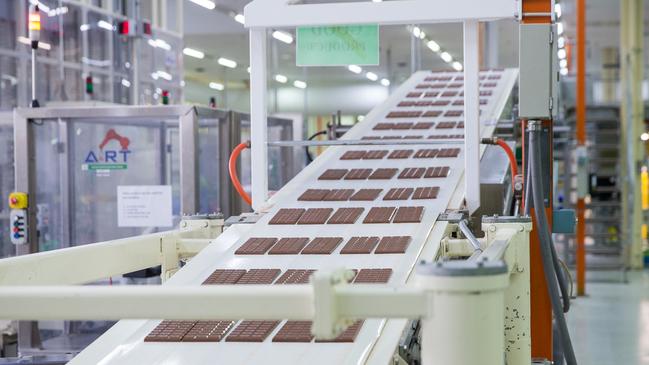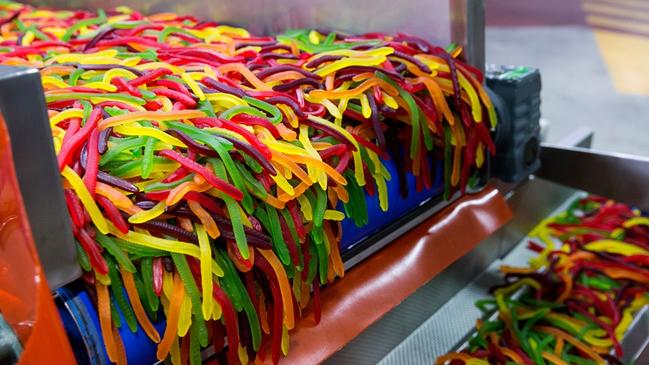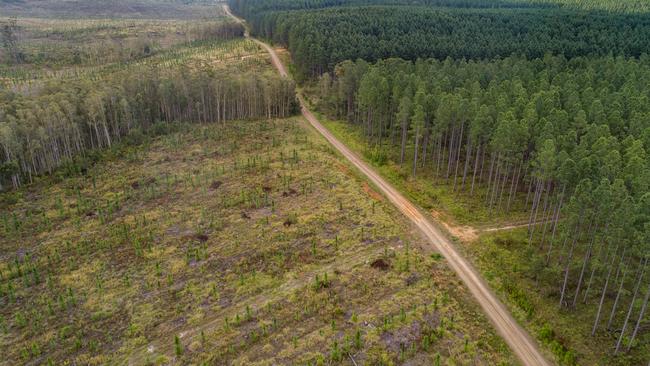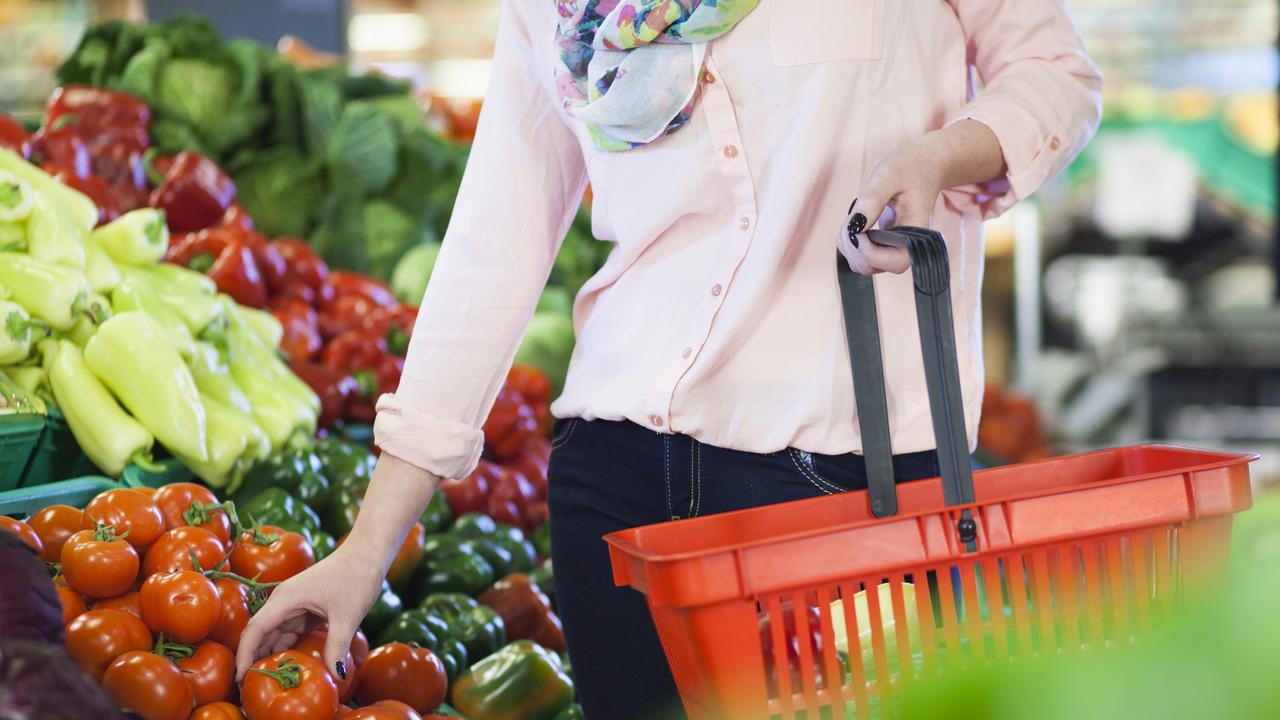KitKat, Milo maker Nestle Australia’s big change that consumers won’t have noticed
It’s a huge change to one of Australia’s favourite chocolate bars and yet its happened so quietly you won’t have noticed it at all.

Food
Don't miss out on the headlines from Food. Followed categories will be added to My News.
Usually when big companies make changes to much loved products they hunker down hoping that fickle customers won’t turn their noses up at the alteration.
But not Nestle which has made a major change to its Australian made brands – from KitKat bars to Nescafe and Milo – yet it’s likely no one gorging themselves on chocolate or draining a coffee mug will be any the wiser.
From this week, 100 per cent of the electricity Nestle purchases to power its Australian factories, offices and distribution centres will come from renewable sources.
Two New South Wales winds farms – Crudine Ridge south of Mudgee and Sapphire west of Glen Innes – will generate the equivalent amount of electricity Nestle uses each year and pump it into the grid.
Nestle wouldn’t reveal how much the climate change mitigation move was costing or if the 10 year contract with generator CWP Renewables will mean it has to shell out more than its current electricity agreement. But the Switzerland based multinational has insisted that KitKats, or any other of its Aussie brands, will not cost a cent more because of the change.
“We won’t be increasing the prices of our products to cover renewable electricity,” Nestle Australia’s sustainability head Margaret Stuart told news.com.au.
“We know that consumers want products that are sustainably produced. But we also know -really clearly – that they don’t want to pay more for it.
“This is a long-term commitment that we’ve made to do the right thing by the environment and to deliver what consumers want.”
The move has brought rare praise from Greenpeace Australia which in the past has clashed with Nestle on environmental issues.
The campaign group said it was an “important first step” by Nestle – but there was more to do.

KitKat, Allen’s, Nespresso, Milo and Uncle Toby’s
Nestle’s new energy plan means that starting immediately and for the next decade the amount of electricity needed to power its six Australian factories, all its Nespresso coffee stores as well as its other facilities will come from renewable sources.
The company had planned to go all renewable by 2025 but the new deal means it’s met that goal four years early.
Nestle makes KitKats, Allen’s lollies and Uncle Toby’s cereals in Victoria; Purina pet food and Milo and Nesquik drinks in NSW and Nescafe in Gympie in Queensland.
“We have a commitment to reach 100 per cent net zero emissions by 2050 and to halve our emissions by 2030. So this is a really important milestone on that road towards net zero,” said Ms Stuart.

Many countries now have a goal to reach net zero by 2050 in order to mitigate temperature rises.
Australia had been one of the few high income nations not to have had a net zero aim but the Government adopted a 2050 goal just prior to the recent COP26 Glasgow climate summit.
A major stumbling block for Australia in reaching a net zero goal is electricity generation. More than half the country’s electricity is derived from emissions’ spewing coal. Renewables make up just under a quarter of Australia’s electricity mix.
In April, Nestle announced its KitKat brand globally would be carbon neutral by 2025. It was a move that meant, at the time, a chocolate wafer snack had a stronger commitment to net zero than the Australian government.

“Everybody in Australia knows we need to do something,” said Ms Stuart.
“We’re looking at extreme weather right now in Sydney; two years ago, we were looking at fires – we need to do things differently to protect our planet.
“And for us as a company, we have to ask where do we have an impact and where can we turn that impact positive?”

Good ‘first step’ but more to do
Lindsay Soutat, director of Greenpeace Australia Pacific’s REenergise campaign, said Nestle’s move was an important “first step” for the company.
“Nestle and Greenpeace haven’t always seen eye-to-eye, but as one of Australia’s biggest energy users, having Nestle Australia being Nesquik off the mark and getting to 100 per cent renewable electricity four years ahead of schedule is a welcome sign of progress,” she said.
“Nestle has a long way to go to become truly sustainable, and while making a shift to 100 per cent renewables is a good first step we’re not letting them off the hook on crucial issues like plastic pollution and palm oil, which is causing devastation in forests across the world,” said Greenpeace’s Ms Soutat.
Nestle’s Ms Stuart said the company was moving in the right direction and pointed to initiatives like its Milo factory near Kempsey on the NSW north coast which uses waste timber, saw dust and wood chips from local firms to prove around 80 per cent of the facility’s power needs.

Palm oil is used extensively in chocolate production by most manufacturers because it aids in a longer shelf life, helps give a good texture and a little of it goes a long way.
Much of the palm oil used in Australia comes from Malaysia and Indonesia. Palm oil production has been blamed for deforestation which has also reduced animal habitats.
Ms Stuart said Nestle was working on reforestation projects but said that alternative oils came with their own drawbacks, such as needing even more land to be produced.
“It’s really important that we find ways to make sure palm oil is produced in a way that doesn’t cause deforestation; that protects wildlife habitat and doesn’t cause damage to peak land for other vulnerable uses,” she said.
“We hold our suppliers up to a very high set of standards to make sure that they’re producing in the most sustainable way, and we continue to keep an eye on that.”
Nestle products made following its switch to 100 per cent renewable energy are rolling out of factories now.
And Ms Stuart is confident nobody will spot the difference.
“KitKats made from sustainable electricity will taste just as good.”
Originally published as KitKat, Milo maker Nestle Australia’s big change that consumers won’t have noticed





